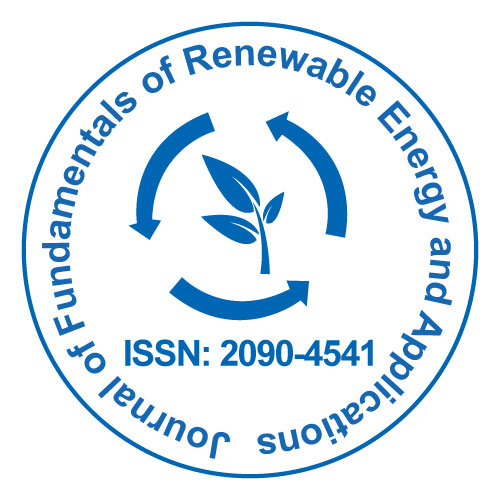
Journal of Fundamentals of Renewable Energy and Applications
Open Access
ISSN: 2090-4541

ISSN: 2090-4541
Mutanga Shingirirai Savious
Africa Institute of South Africa, South Africa
Scientific Tracks Abstracts: J Fundam Renewable Energy Appl
Current global energy systems have proven unsustainable amid effects of the cumulative greenhouse emissions and climate change. The drive towards a low carbon future has precipitated the consideration of alternative energy sources. This paper captures the complex dimensions of scaling up energy supply with specific reference to bio-derived energy production. Within this sector sugar cane, grown widely in African countries, is known to be one of the most productive species in terms of its conversion of solar energy to chemical potential energy. However the supply of feedstock is limited to the harvest or crop season. More-so the sugarcane industry is faced a plethora of threats and challenges. The Spatial System Dynamics Model (SSDM) of sugarcane industrial ecosystem presented in this paper is towards an integrated approach to simulate a bio refinery system suggesting directions for bagasse and trash-derived electricity generation. The model unpacks the complexity in bioderived energy generation across the conversion pathways of the system from land use change, sugarcane production, and harvesting and electricity production amid a plethora of challenges in the system. Input data for land use and sugarcane production in the model were derived from remote sensing and spatial analysis. Simulated and validated results indicate that the alternative scenario of combined bagasse and trash with enhanced mechanisation and technology efficiency provides the highest efficiency in terms of electricity generation and emission avoidance compared to the business as usual or base case scenario. The applied SSDM demonstrates that modelling of feedback-based complex dynamic processes in time and space provide better insights crucial for decision making. This model provides a foundation for the broader study for cost benefit analysis of electricity production from a sugarcane industrial ecosystem.
Mutanga Shingirirai Savious is a well-established Researcher in the fields of multi-disciplinary research, applied GIS, remote sensing and systems analysis. Currently, he is working as a Research Specialist at the Human Sciences Research Council (HSRC), under the Africa Institute of South Africa’s (AISA) Science and Technology Programme. He holds a PhD in Industrial Systems Engineering from the University of Pretoria, South Africa. He holds an MSc in Geo-Information Science and Earth Observation for Environmental Modelling and Management, obtained from a consortium of four universities (Southampton (UK), Lund (Sweden), Warsaw (Poland) and ITC (Netherlands)) and an Honors degree in Geography and Environmental Science from Midlands University, in Zimbabwe.
Email:smutanga@hsrc.ac.za